

In the world of cosmetic , precision is paramount. Whether you're designing bottles for skin care products, plastic bottles, or cosmetic containers for s and s, understanding the concepts of standard capacity and overflow capacity is essential. These measurements impact product usability, regulatory compliance, and consumer satisfaction, making them critical for manufacturers and brands alike.
This guide delves into these capacities in detail, providing insights and practical advice to help you choose the best packaging for your products.
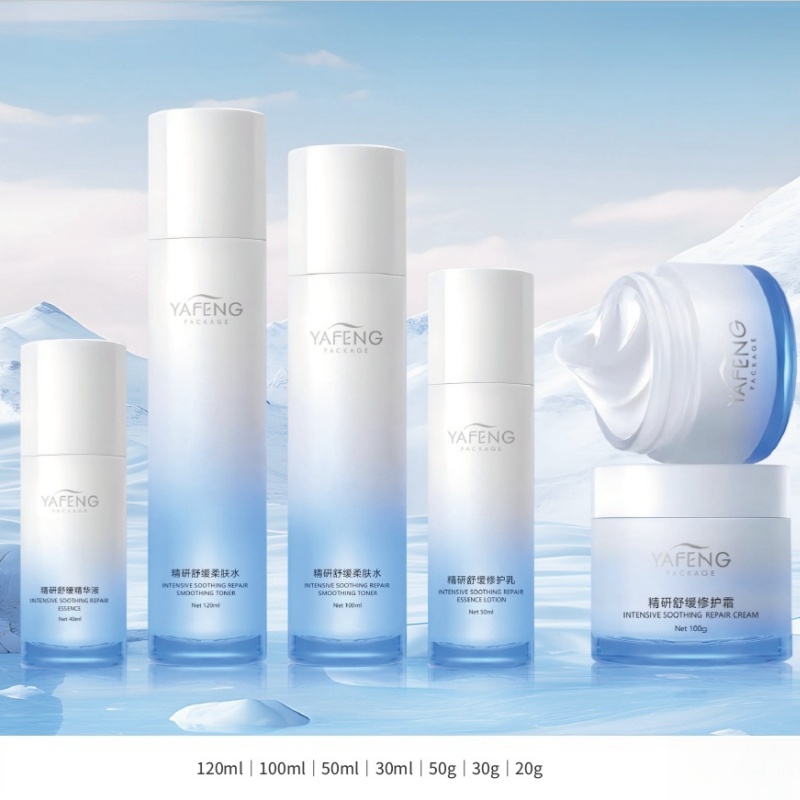
Standard capacity refers to the usable volume of a container under normal conditions. It represents the amount of product that can be filled in the container without spillage, leaving adequate headspace for expansion or dispensing.
Measured Volume: Expressed in milliliters (mL), cubic centimeters (cc), or ounces (oz).
Practical Usability: Ensures ease of product dispensing without mess or difficulty.
Headspace Inclusion: Accounts for necessary empty space for liquid expansion, dispensing mechanisms, or product safety.
Regulatory Compliance: Aligns with labeling requirements, ensuring accurate and transparent communication of product volume to consumers.
For example, a glass lotion bottle designed with a pump dispenser might hold 100 mL of product as its standard capacity, leaving sufficient headspace for the pump mechanism.
Overflow capacity (OFC), or brimful capacity, refers to the maximum volume a container can hold when filled to the brim. While not practical for everyday use, it provides crucial insights during the design and manufacturing phases.
Maximum Volume: Represents the full internal space of a container.
No Headspace Consideration: Excludes allowances for dispensing mechanisms or liquid expansion.
Toleranced Measurement: Often expressed within a range to account for manufacturing variations, especially in materials like glass and plastic.
For instance, a skin care glass jar might have an overflow capacity of 120 mL but a standard capacity of 100 mL, accounting for usability and headspace.
Consumers expect packaging to be functional, easy to use, and reflective of the advertised volume. Standard capacity ensures that products meet these expectations, aligning with what customers perceive as a full container.
Regions like the United States, European Union, and others have strict labeling standards. For instance, the U.S. Fair Packaging and Labeling Act mandates accurate representation of net contents based on standard capacity. Misleading claims, such as using overflow capacity for labeling, can result in penalties and tarnish brand reputation.
Improper estimation of capacity can lead to overfilling, causing leakage, breakage, or even legal disputes. Glass cosmetic bottles and plastic containers are particularly susceptible to damage if filled without considering liquid expansion due to temperature fluctuations.
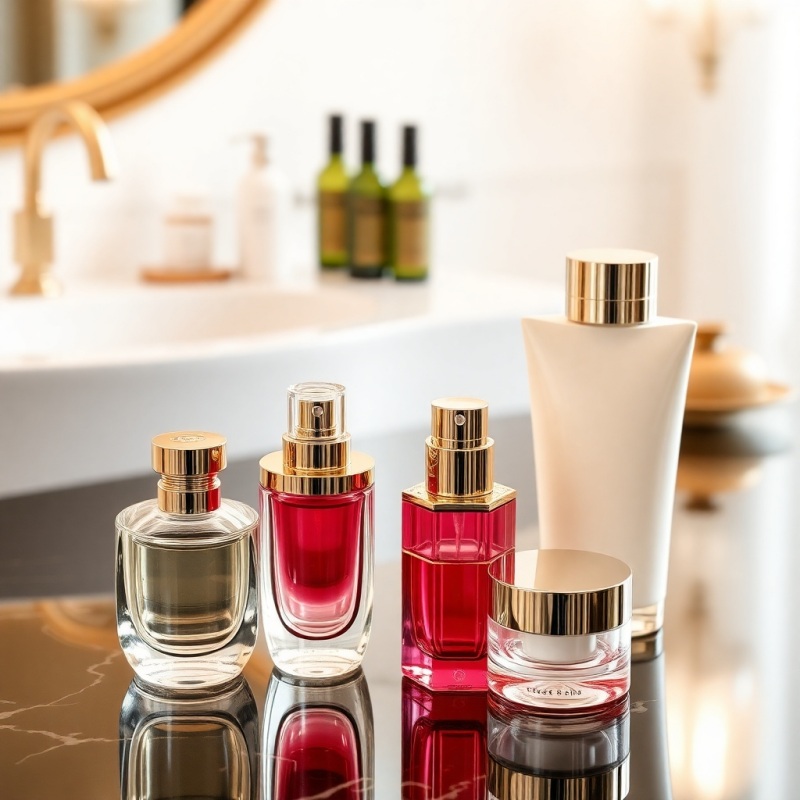
| Aspect | Standard Capacity | Overflow Capacity |
|---|---|---|
| Definition | Usable volume under normal conditions | Total volume when filled to the brim |
| Applications | Packaging, labeling, and consumer usability | Design, testing, and production |
| Headspace | Includes allowances for dispensing and liquid expansion | Excludes headspace |
| Measurement | Precise and practical for real-world use | Used for design optimization and maximum capacity testing |
| Examples | Skin care lotion bottles, serum bottles, cream jars | Overflow testing for glass jars and plastic bottles |
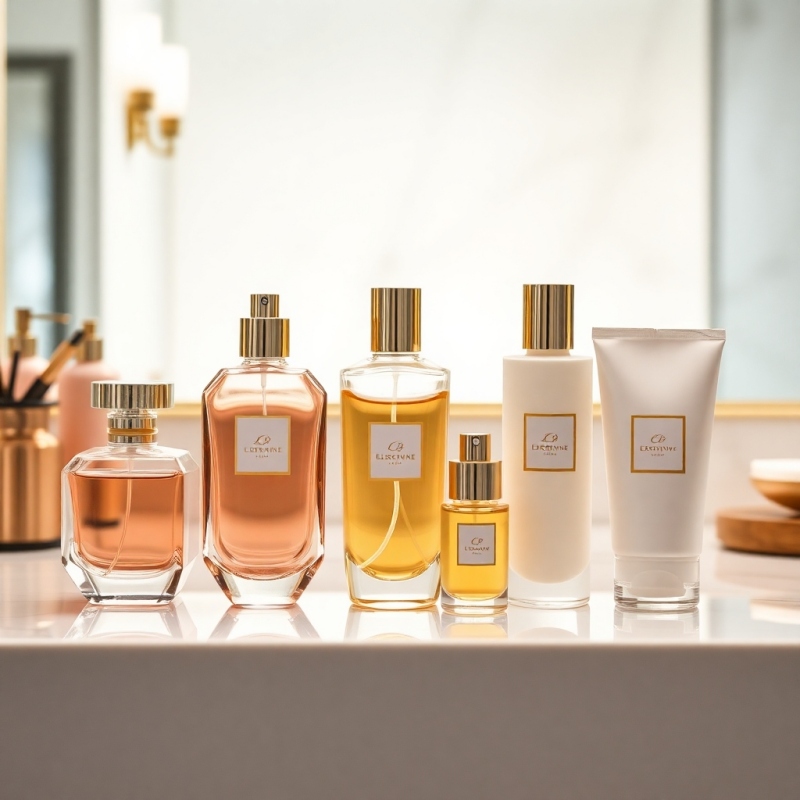
Different types of products require varying considerations:
Liquids: Thin products, like serums or s, require containers with precise standard capacity to avoid overflow during dispensing.
Creams: Thicker products, such as facial creams, benefit from wider containers like jars, where standard capacity accounts for ease of access.
Powders: Settling over time requires additional allowances in standard capacity to maintain consumer trust.
Glass Bottles: Often chosen for luxury skin care packaging, glass requires careful testing to balance elegance with functionality. A glass serum bottle might have a sleek design but still needs sufficient headspace for a dropper.
Plastic Containers: Lightweight and versatile, plastic bottles and jars are ideal for products like lotions and cleansers. Overflow capacity can help during design to assess material durability.
Pumps and Sprayers: Require space within the container for smooth operation. For example, a lotion bottle with a pump may have a standard capacity of 250 mL, with headspace designed for proper dispensing.
Jars and Tubes: Designed for manual application, these containers should consider user accessibility and avoid excessive product settling.
Perform fill tests to ensure the container meets usability standards.
Test for liquid expansion and dispensing ease under various conditions.
Evaluate consumer feedback to refine capacity decisions.
Ensure the net volume displayed on the label corresponds to the standard capacity. Misleading information can lead to consumer dissatisfaction or regulatory action.
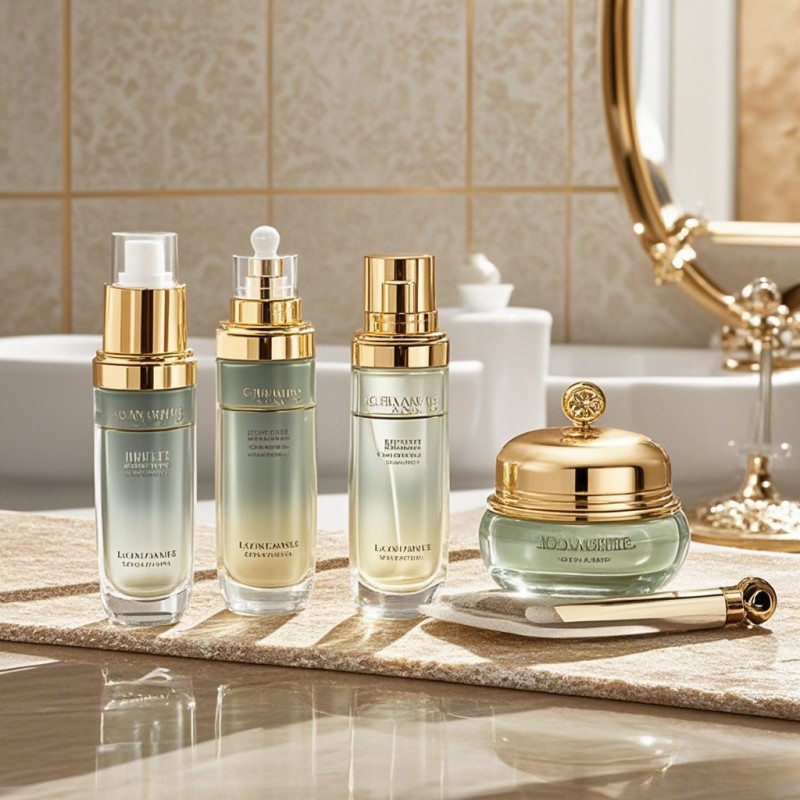
| Parameter | Details |
|---|---|
| Material | Glass |
| Overflow Capacity | 155 mL |
| Standard Capacity | 140 mL |
| Labeling Volume | 140 mL (aligns with usability and headspace requirements) |
This analysis ensures that the lotion bottle provides both aesthetic appeal and functional performance.
Both glass bottles and plastic containers play significant roles in the cosmetics industry. Here’s how capacity measurement applies:
Advantages: Luxury appeal, eco-friendly, and durable. Ideal for serums, s, and high-end skin care products.
Considerations: Requires precise capacity calculation to avoid breakage or overflow.
Advantages: Lightweight, cost-effective, and versatile. Suitable for lotions, cleansers, and everyday cosmetics.
Considerations: Overflow capacity helps assess material resilience and design integrity during production.
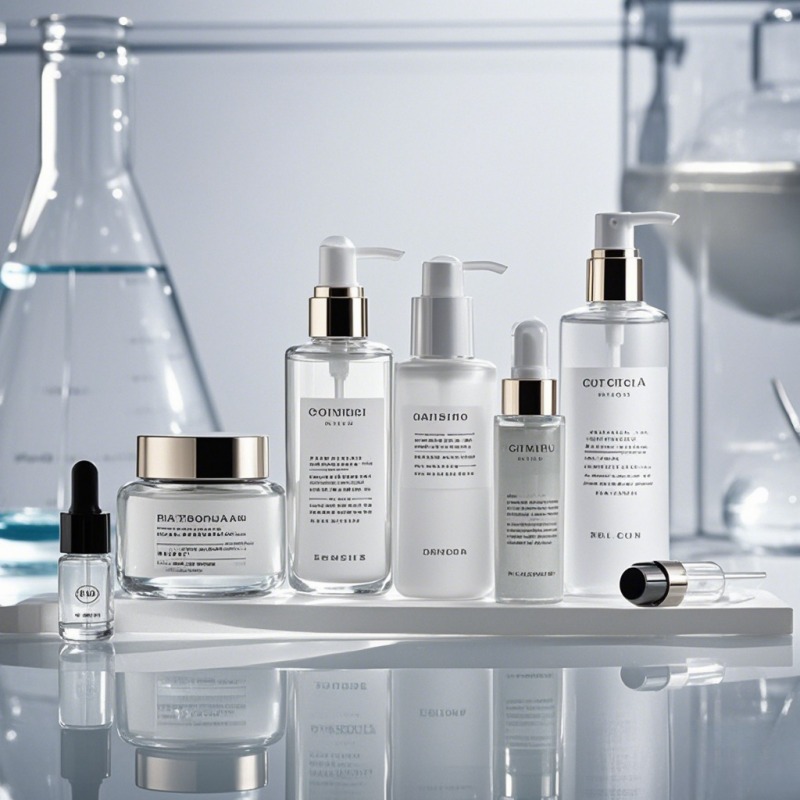
Standard capacity ensures practical usability, compliance with labeling laws, and alignment with consumer expectations.
No. Overflow capacity is intended for design and testing purposes, not for consumer-facing labeling.
Temperature fluctuations can cause liquid expansion. Standard capacity accounts for this by including headspace to prevent overflow or leakage.
Headspace ensures proper functionality of dispensing mechanisms and accommodates liquid expansion, reducing the risk of spillage or damage.
Conduct fill tests under different conditions, evaluate usability, and gather consumer feedback to determine optimal standard capacity.
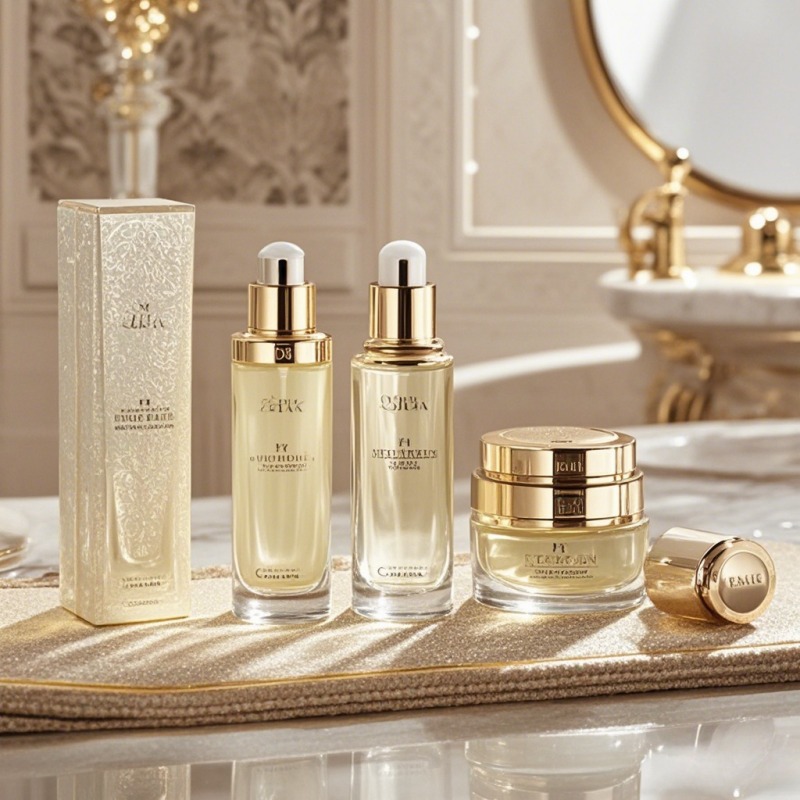
Selecting the right capacity for cosmetic containers, whether glass skin care bottles, plastic lotion bottles, or cosmetic jars, is more than a technical decision. It influences product usability, regulatory compliance, and consumer trust. By understanding and applying the principles of standard and overflow capacity, manufacturers can create packaging that is both functional and appealing, ensuring success in the competitive cosmetics market.





